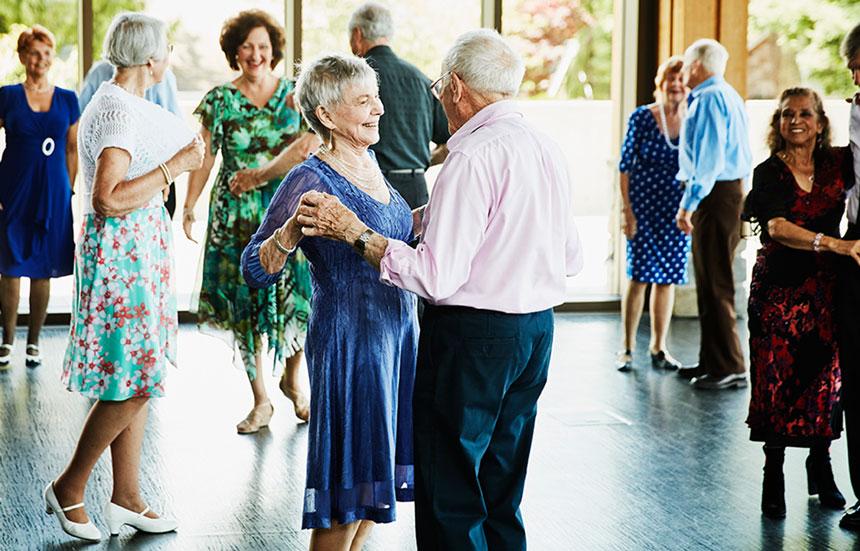Maintain Agility with Modified Exercises in Your 60s and Beyond

Being agile in your 60s and beyond isn’t about the ability to rapidly change direction while running or doing zig-zag lateral side-skipping. It’s about being flexible and coordinated with nimble enough reaction times to regain your footing when you trip, maneuver a full shopping cart around a busy store, maintain good balance or avoid bone-breaking falls.
It’s never too late to focus on what it means to be mobile, which is what agility comes down to. If you maintain your agility, you’ll retain balance, flexibility and strength despite natural aging.
Sexagenarian and septuagenarian triathletes aside, for the rest of us at and post-60, it’s everything in moderation. That applies to maintaining but also modifying agility exercises to avoid backaches, muscle and disc strains and more serious injuries like bone breaks and torn ligaments.
(Always check with your primary care doctor before changing your approach to exercise, especially if you have knee, hip or back joint issues or trouble with your balance.)
Stretching is key to maintain and improve agility — especially so when you hit 60. This includes static stretches, holding a stretching position for 15 to 60 seconds. Research shows this can prevent stiffness and help you maintain agility. So can dynamic stretches, which include movement, such as rolling the shoulders, rotating the neck or hula-hoop hip stretches, which you can perform with feet apart while rotating the hips in circles.
Tai Chi is a great concentrated slow-movement exercise routine that incorporates both static and dynamic stretching for flexibility as balance, both important for agility and preventing falls.
You may be tempted to try plyometrics exercises LINK TO BLOG #1] — explosive and rapid movements moving left to right, forward and backwards, and accelerating and decelerating to a stop fast – but these may not be ideal for increasing agility after 60.
There are still great exercises that modify plyometrics drills so they are easier on your bones and joints and can be done at a more leisurely pace still with worthwhile benefits. Ballroom dancing moves like the foxtrot or country line dancing, for example, contain elements of plyometrics moves. Just make sure the dances includes side steps, forward and backward motion as well as stops. Non-contact boxing exercises done with punch bags or into the air from standing or a seated position are used to help people with Parkinson’s improve reactions and stability and can also provide big benefits for anyone to help stay agile.
Your doctor can help you choose exercises appropriate to you for agility.
